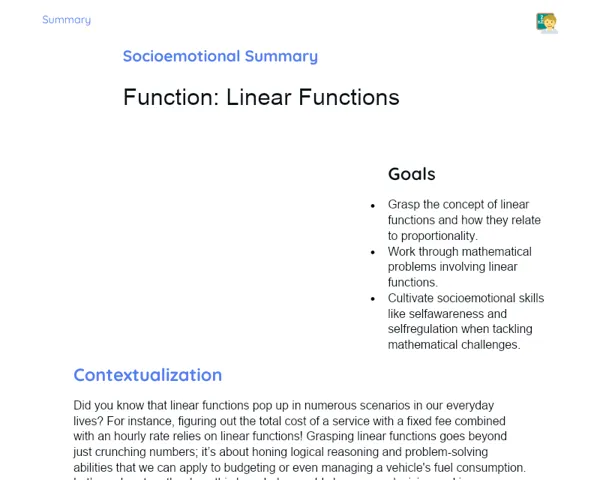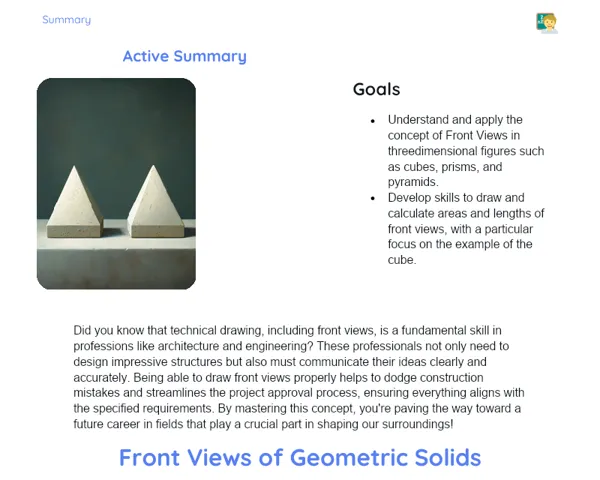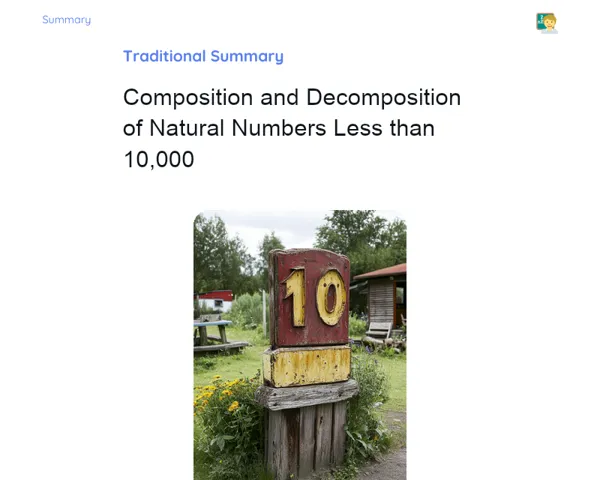Objectives
1. 🌟 Master the conversion of numbers into scientific notation, understanding its usefulness in various scientific and real-world scenarios.
2. 🔍 Develop the ability to carry out basic arithmetic operations (addition, subtraction, multiplication, and division) with numbers in scientific notation.
3. 🚀 Investigate and tackle real and theoretical challenges involving significantly large or tiny numbers, using scientific notation to aid comprehension and calculations.
Contextualization
Did you know that scientific notation isn’t just for boffins and scientists but also for astronauts, engineers, and even musicians? 🎼🚀 For example, at NASA, when working out distances in space, scientific notation is vital for dealing with figures that are far beyond what's easily comprehensible. This underscores how vital this notation is across various sectors and how it simplifies calculations involving extraordinarily large or small numbers, like cosmic distances or atomic measurements.
Important Topics
Conversion to Scientific Notation
Scientific notation is a method of representing numbers as a product of two factors: a decimal number between 1 and 10, and a power of 10. This approach allows us to depict extremely large or small values in a more concise and manageable format. For instance, the figure 300,000,000 can be expressed as 3 x 10^8 in scientific notation. Mastering this skill is essential for scientists, engineers, and numerous practical scenarios where precision is key.
-
Understanding the exponent: The exponent shows how many times the number 10 should be multiplied by the decimal to revert to the original value.
-
Real-life applications: Used in areas like physics to convey distances in space or in chemistry to describe molecule sizes.
-
Eases calculations: It allows for quicker and simpler mathematical operations with numbers that vary greatly in scale.
Operations in Scientific Notation
Carrying out mathematical operations with numbers in scientific notation requires applying exponent rules and converting results accurately back to scientific notation. For addition and subtraction, the exponents need to match, while for multiplication and division, you must adjust the exponents according to algebraic principles. This competency is critical for solving intricate problems and ensuring precision in scientific and technical environments.
-
Addition and subtraction rules: The exponents must be identical to add or subtract the numerical values while keeping the exponent unchanged.
-
Multiplication and division rules: When multiplying, the numbers are multiplied and the exponents added. When dividing, the numbers are divided and the exponents are subtracted.
-
Practical examples: Crucial in calculations related to physics, chemistry, engineering, and astronomy—fields where accuracy is paramount.
Applications of Scientific Notation
Scientific notation is extensively used in academic research, industry, and day-to-day life. It supports clear and compact representations of numbers that differ extensively in magnitude, facilitating calculations and comparisons. From describing the enormity of the universe to detailing subatomic particles, scientific notation serves as a versatile and indispensable tool.
-
Facilitating scientific communication: Enhances the exchange of information among specialists in diverse fields.
-
Technological importance: Vital in areas like computer programming, circuit design, and other technological applications.
-
Educational benefits: Aids students in grasping and working with large and small figures in an intuitive and effective manner.
Key Terms
-
Scientific Notation: A method for writing numbers as the product of a number between 1 and 10 and a power of 10, which simplifies understanding of very large or small figures.
-
Exponent: The numerical value that indicates how many times 10 must be multiplied by the decimal number to get back to the original figure in scientific notation.
-
Magnitude: The scale of a number, generally referring to its size in relation to others.
For Reflection
-
Why is it crucial for scientists to use scientific notation when managing large datasets or extreme measurements?
-
How can being able to convert numbers into scientific notation be beneficial in your everyday activities, outside of school?
-
In what ways does understanding and practicing scientific notation enhance your skills in other subjects like science or tech?
Important Conclusions
-
We delved into the intriguing world of Scientific Notation and recognised its importance not just in mathematics, but across various fields such as physics, chemistry, engineering, and in everyday scenarios.
-
We learned how to convert numbers into scientific notation, perform mathematical operations, and discussed practical applications, emphasising the relevance of this notation in handling extremely large or tiny numbers.
-
We acknowledged the significance of scientific notation in real-life situations, such as at NASA for calculating distances in space, clearly showing how this knowledge impacts our lives and advances science.
To Exercise Knowledge
- Cosmic Distances Challenge: Select three celestial bodies (like planets, stars, or asteroids) and calculate the distances between them in meters. Convert these distances into scientific notation and compare their magnitudes. 2. Chemical Simulation: Pretend you're a chemist needing to calculate the number of atoms in one gram of gold. Use the atomic mass and molar mass of gold to convert and calculate the atom count in a sample. 3. Interstellar Journey: Plan a space trip! Given the speed of light and the distance to the nearest star, compute how long it would take to reach it, translating the units into scientific notation.
Challenge
🚀 Scientific Notation Mission: Create a logbook like an astronaut discovering new planets. Document distances, travel times, and any relevant numerical data you collect, converting everything to scientific notation. Share your logbook with the class to see who can best handle these extreme numbers!
Study Tips
-
Explore math apps or interactive websites that offer practice activities in scientific notation to reinforce what you learned in class.
-
Make flashcards with different numbers in scientific notation and practise combining and converting them to solidify your understanding.
-
Challenge yourself to identify instances of scientific notation usage in journal articles, films, or news reports and attempt to rewrite those figures in scientific notation to test your understanding.



